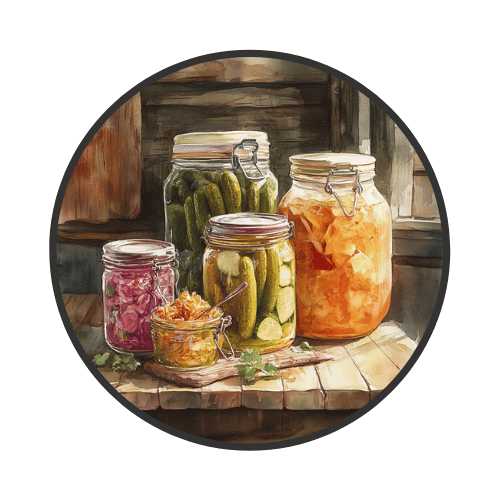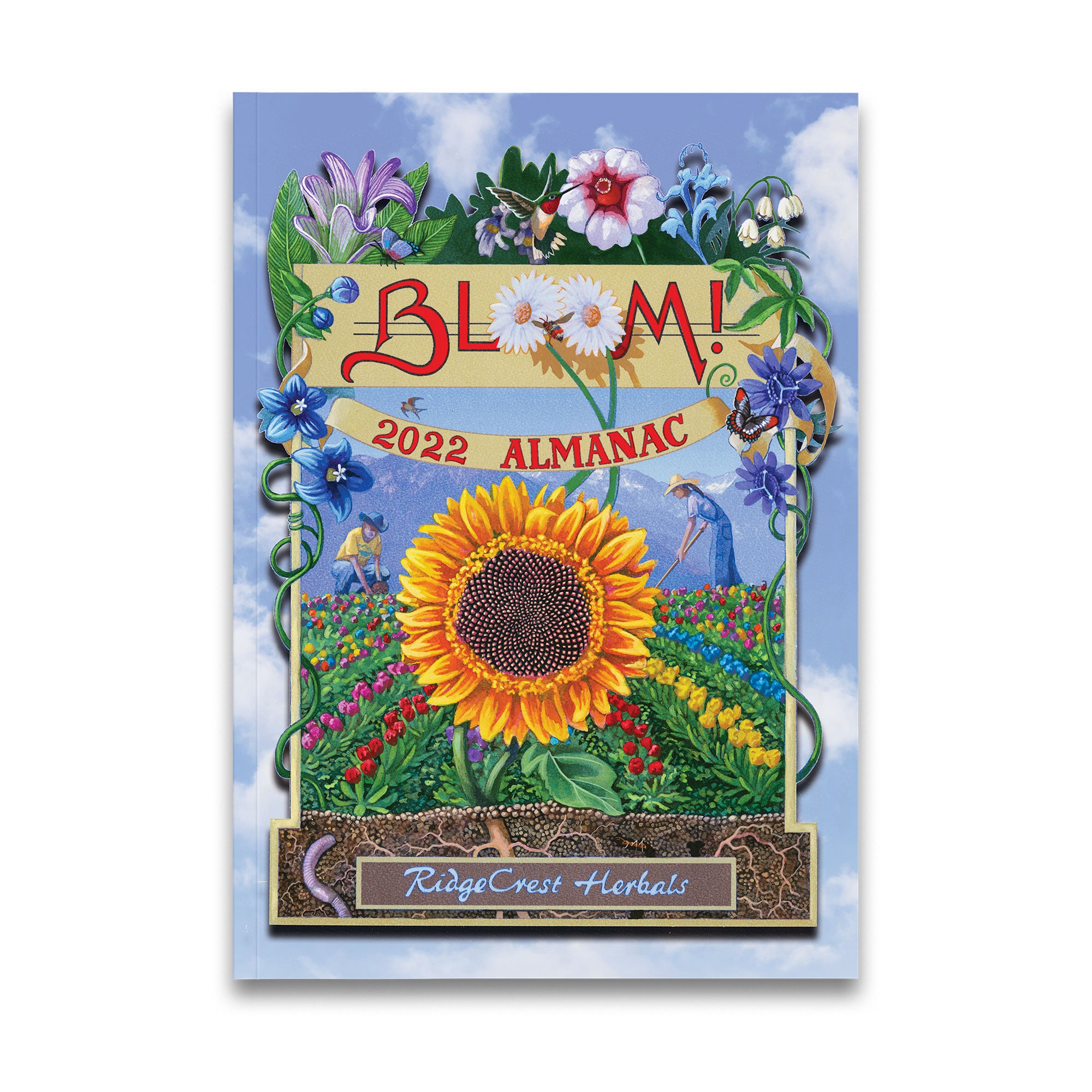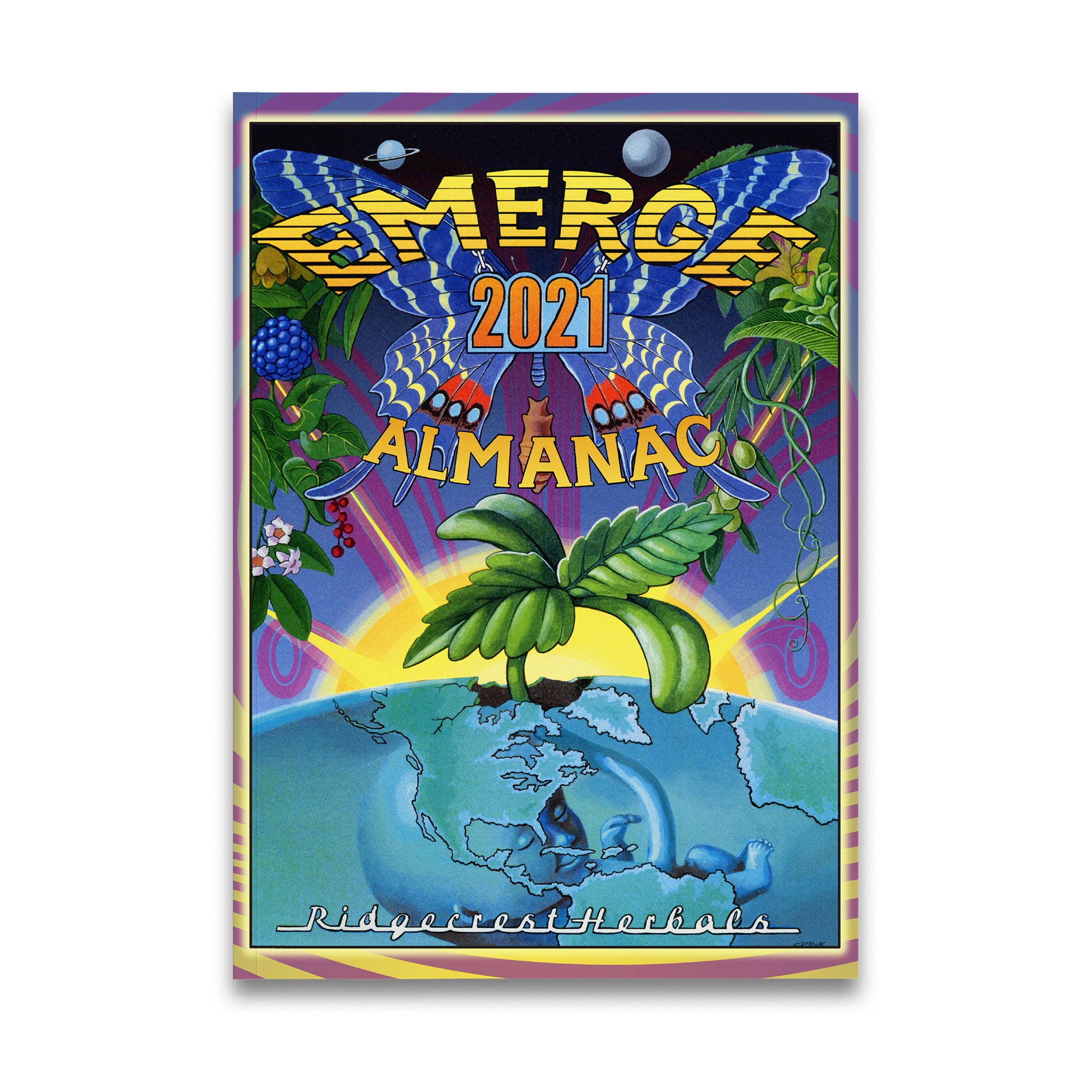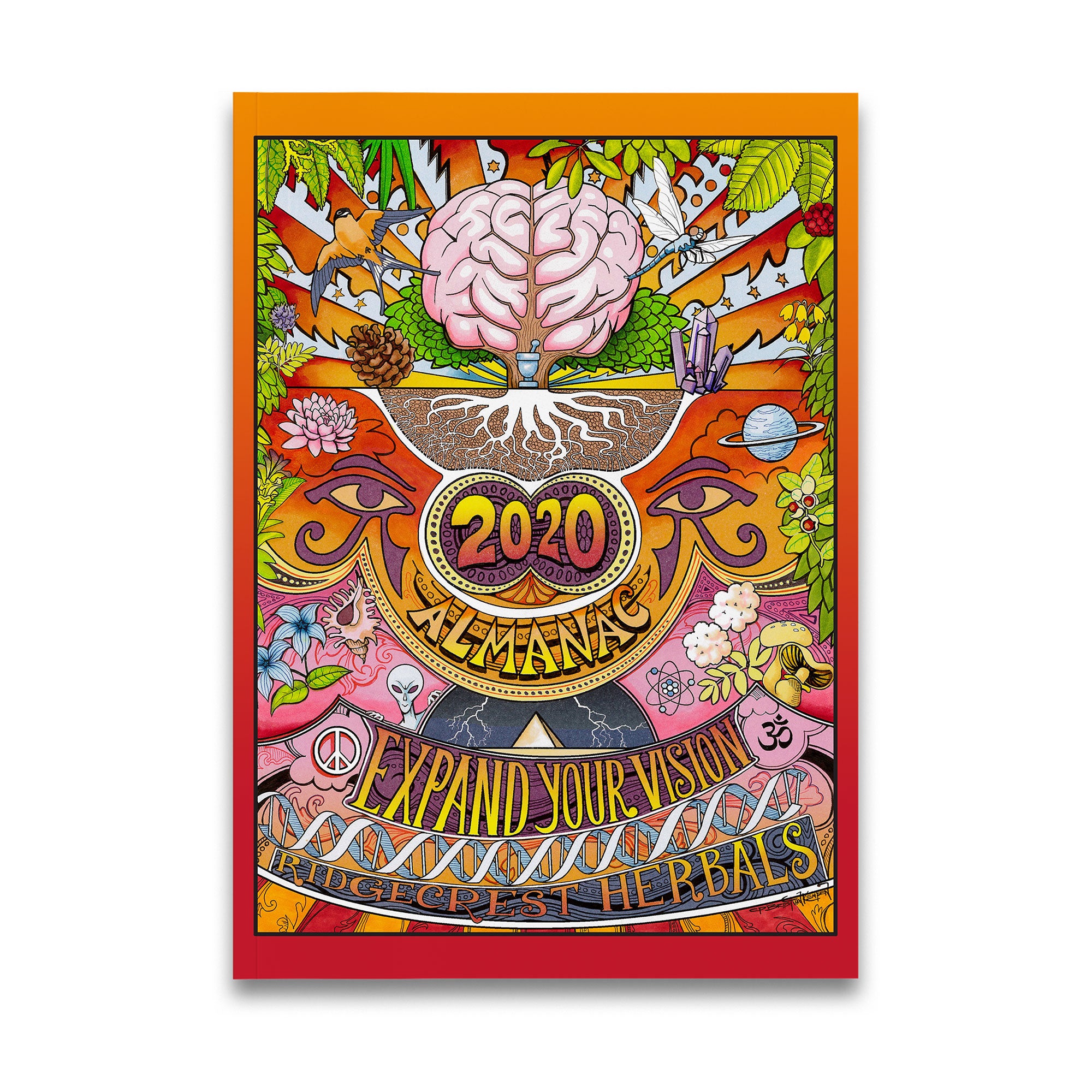Many of the handed-down fermentation techniques have been lost in the mists of history. Could this loss be part of the reason for so many intestinal health issues that have popped up in the last 50 years? The lack of microbiological intake in the American diet has not only decreased, but many traditional preparations and cultures have been lost, and even hunted down and destroyed. This tragedy has created a gap in our immune and digestive systems that have adapted over thousands of years to thrive on food preserves through fermentation, but our guts now stagger and even fail in this sterile, modern world of refined foods.
Eating traditional fermented foods rich in lactic acid - producing bacteria improves the balance between the beneficial and disease-causing bacteria that exist naturally in your gut. These bacteria are what naturally make milk products go sour, and what makes vegetables ferment. Traditional fermented foods help balance your stomach acid production, and have the ability to ease digestive discomfort related to having either too much or too little stomach acid . When the production of hydrochloric acid by the stomach is lo w, fermented foods help increase the acidity of gastric juices. On the other hand, when the stomach produces too much acid, fermented foods help protect the stomach and intestinal lining. These foods are SO important to a healthy diet, but many people either aren't aware, or aren't consuming enough to make a difference.
The production of alcohol through fermentation was a big event that changed early man's history. Anthropologists have suggested that it was this practice that motivated our ancestors to stop wandering, and to settle down and become farmers. You can find reliable information showing that fermented drinks and foods were being produced over 7,000 years ago in Babylon, 5,000 years ago in Egypt, 4,000 years ago in Mexico, and 3,500 years ago in Sudan . Some historians even argue that beer may have come into the human diet before bread!
Fermenting foods happens around the world, in every climate, and every culture has their own process of fermentation. Anchovies, salami, kimchi, atchara, bread, cheese, kefir, kombucha, natto, and even the famous-and-flexible pickle are all products of fermentation. The list is giant, and fascinating. This low-energy method to preserve foods also helps to preserve the rich cultures that surround them. I have wonderful memories of late summer and early fall here in Utah when my grandmother would harvest and "set up" foods to be enjoyed during the coming winter. With many of her recipes, fermentation was what would keep them safe/edible and make them delicious. What I didn't know then was how the health benefits would silently work within my body, through her preparatory labor of love.
There are many good resources on how fermented foods can be healthy, delicious, and cheap to make them yourself. Check out some of these links and books:
http://www.culturesforhealth.com/learn/naturalfermentation/how-to-ferment-vegetables/http://www.wildfermentation.com/
Books: Wild Fermentation, Cultured Foods for Your Kitchen, Nourished Kitchen
Loving what you are reading?
There's even more to explore! Check out these other related blog articles for deeper insights, expert tips, and helpful advice from our team and guest authors. Whether you're curious about wellness, herbal remedies, or natural living, we've got you covered.
Health Benefits of Eating Fermented Foods
Natural Yeast Facts
Fire Cider
How to Brew Kombucha
Fermented Honey Garlic

Supportive Sidekicks
Inspired by this post, chosen just for you! Whether garden companions, lifestyle support, or a spotlight on the Almanac this article came from, these related products are here to support your journey.
Belly Be Happy®
Sale price$29.99
Regular price$39.99
Almanac 2023
Sale priceFrom $0.00
Regular price$9.99
Almanac 2022
Sale priceFrom $0.00
Almanac 2021
Sale priceFrom $0.00
Almanac 2020
Sale priceFrom $0.00








Leave a comment
All comments are moderated before being published.
This site is protected by hCaptcha and the hCaptcha Privacy Policy and Terms of Service apply.